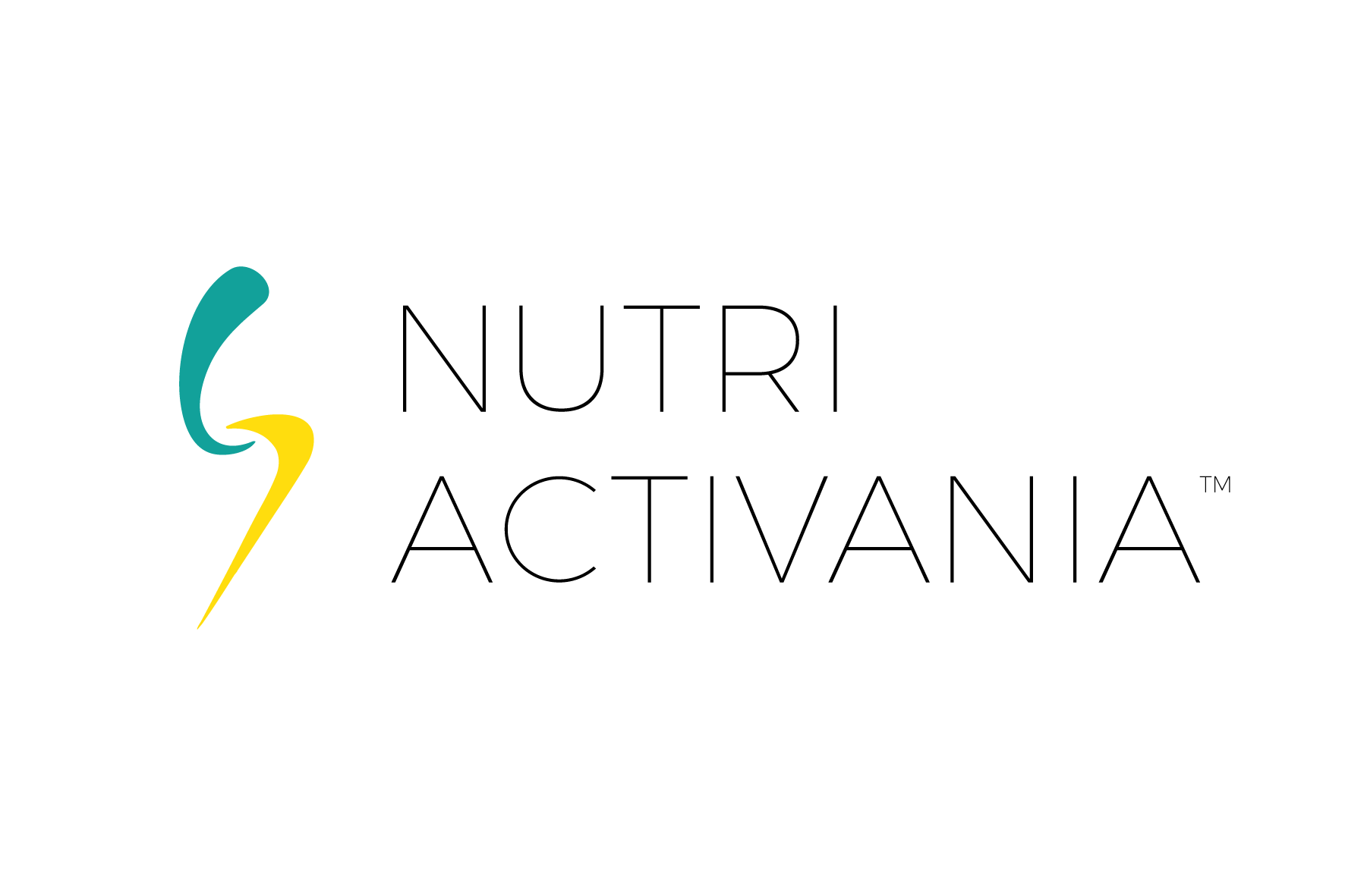
It is said that there are around 40 trillion bacteria in your body, most of which reside in your intestines.
Collectively, they are called your gut microbiota, and they are highly important for your health. However, certain kinds of bacteria in your intestines can also be a cause of many diseases.
Interestingly, the food that you eat greatly impacts the types of bacteria that live inside you. In this article, Delhi’s top dietitian and nutritionist Avni Kaul tells about scientific ways to improve your gut bacteria.
Eat A Varied Range Of Foods
There are hundreds of species of bacteria which lives your intestines. Each species has a different role in your health and needs different nutrients for growth.
Generally speaking, a varied microbiota is known to be a healthy one. This is because of the more species of bacteria you have, the higher number of health benefits they may be able to provide.
A diet constituting of several foods type can lead to a diverse microbiota. Sadly, our diets are rich in fat and sugar. In fact, it is found that 75% of the world’s food is produced from only 12 plants and 5 animal species
However, diets in a few rural regions are more diverse and richer in different plant sources.
Bottom Line:
Eating a variety of diet rich in whole foods can lead to a diverse microbiota, which is beneficial for your health.
Eat Plenty Of Vegetables, Legumes, Beans, And Fruits
Fruits and vegetables are the optimum sources of nutrients for a healthy microbiota.
They are rich in fiber, which cannot be digested by your body. But, fiber can be digested by certain bacteria in your gut, which stimulates their growth.
Beans and legumes also have very high amounts of fiber.
Some high-fiber foods that are great for your gut bacteria include:
Whole Grains, broccoli, oats, barley, and bran.
A diet rich in fruits and vegetables prevents the growth of some of the disease-causing bacteria.
Apples, artichokes, blueberries, almonds, and pistachios have all been seen to increase Bifidobacteria in humans. Bifidobacteria are known as beneficial bacteria, as they can assist prevent intestinal inflammation and enhance gut health.
Bottom Line
Several fruits and vegetables are high in fiber. Fiber enhances the growth of beneficial gut bacteria, including Bifidobacteria.
Eat Fermented Foods
Fermented foods are foods changed by microbes. The procedure of fermenting usually involves bacteria or yeasts converting the sugars in food to organic acids or alcohol. Examples of fermented foods are yogurt, kefir, tempeh, and kimchi.
Several of these foods are high in lactobacilli, a type of bacteria that can benefit your health.
People who consume a lot of yogurts appear to have more lactobacilli in their intestines. These people also have fewer Enterobacteriaceae, bacteria linked with inflammation and a number of chronic diseases.
Yogurt consumption can beneficially alter the intestinal bacteria and improve symptoms of lactose intolerance in both infants and adults
Specific yogurt products also reduce the abundance of certain disease-causing bacteria in people with irritable bowel syndrome.
However, it is essential to note that many yogurts, particularly flavored yogurts contain high levels of sugar.
Therefore, the best yogurt suggested consuming is plain, natural yogurt. This kind of yogurt is made only of milk and bacteria mixtures, which are sometimes referred to as “starter cultures.”
Furthermore, fermented soybean milk also promotes the growth of beneficial bacteria, like Bifidobacteria and lactobacilli, while reducing quantities of some other disease-causing bacteria. Kimchi is beneficial for gut flora.
Similarly, foods like Dosa and Idli are food items that indirectly functions in a medicinal way to improve digestive system.
Bottom Line
Fermented foods, usually, the plain, natural yogurt can benefit the microbiota by enhancing its functioning and lowering an abundance of disease-causing bacteria in the intestines.
Consume Prebiotic Foods
Prebiotics are foods that promote the growth of beneficial microbes in your gut.
They are majorly fiber or complex carbs that cannot be digested by human cells. Instead, few species of bacteria break them down and use them for fuel.
Several fruits, vegetables, and whole grains include prebiotics, but they can also be found on their own.
Resistant starch is also prebiotic. This kind of starch is not absorbed in the small intestine. Rather, it goes into the large intestine where it is broken down by the microbiota.
Prebiotics promotes the growth of many healthy bacteria, including Bifidobacteria.
Some prebiotics lowers insulin, triglycerides and cholesterol levels in people who are obese
Thus, prebiotics can reduce the risk factors for many diseases associated with obesity, like heart disease and diabetes. Garlic, onions, bananas, and barley are examples of prebiotic food.
Bottom Line
Prebiotics helps the growth of beneficial bacteria, especially Bifidobacteria. This helps to reduce symptoms of metabolic syndrome in obese people.
- Amazing Benefits of Eating Rajma - April 16, 2023
- Weight Loss: Secret to Lose More Weight in Winters - December 29, 2022
- Dietician Avni Kaul Shares Healthy Winter Drinks - December 26, 2022
